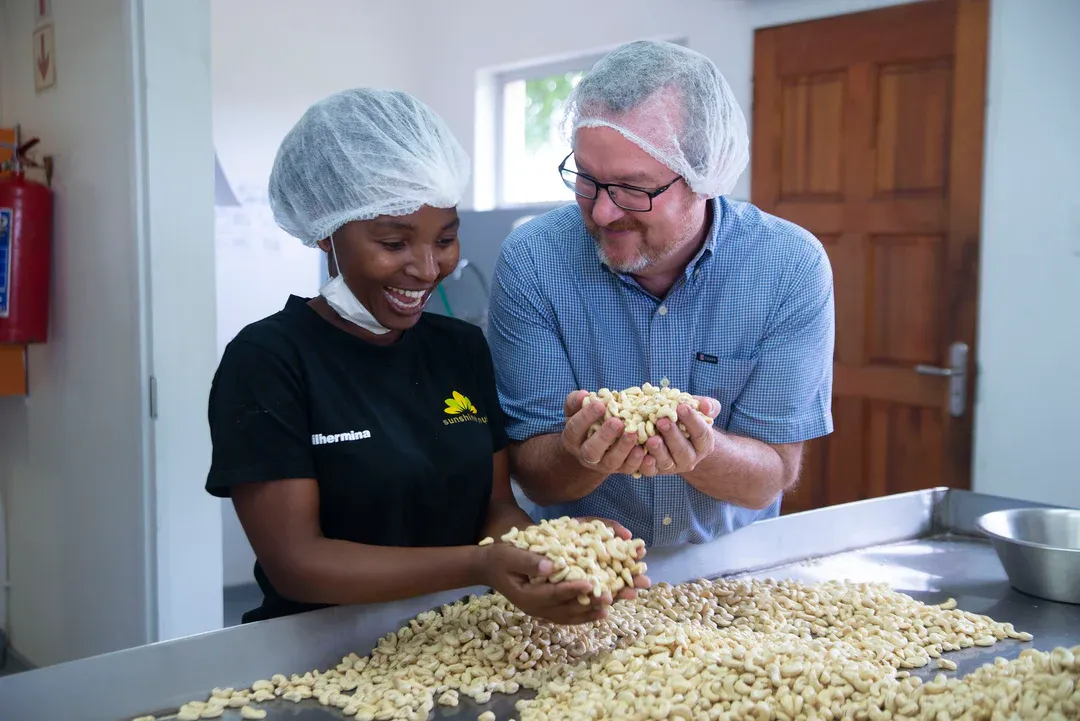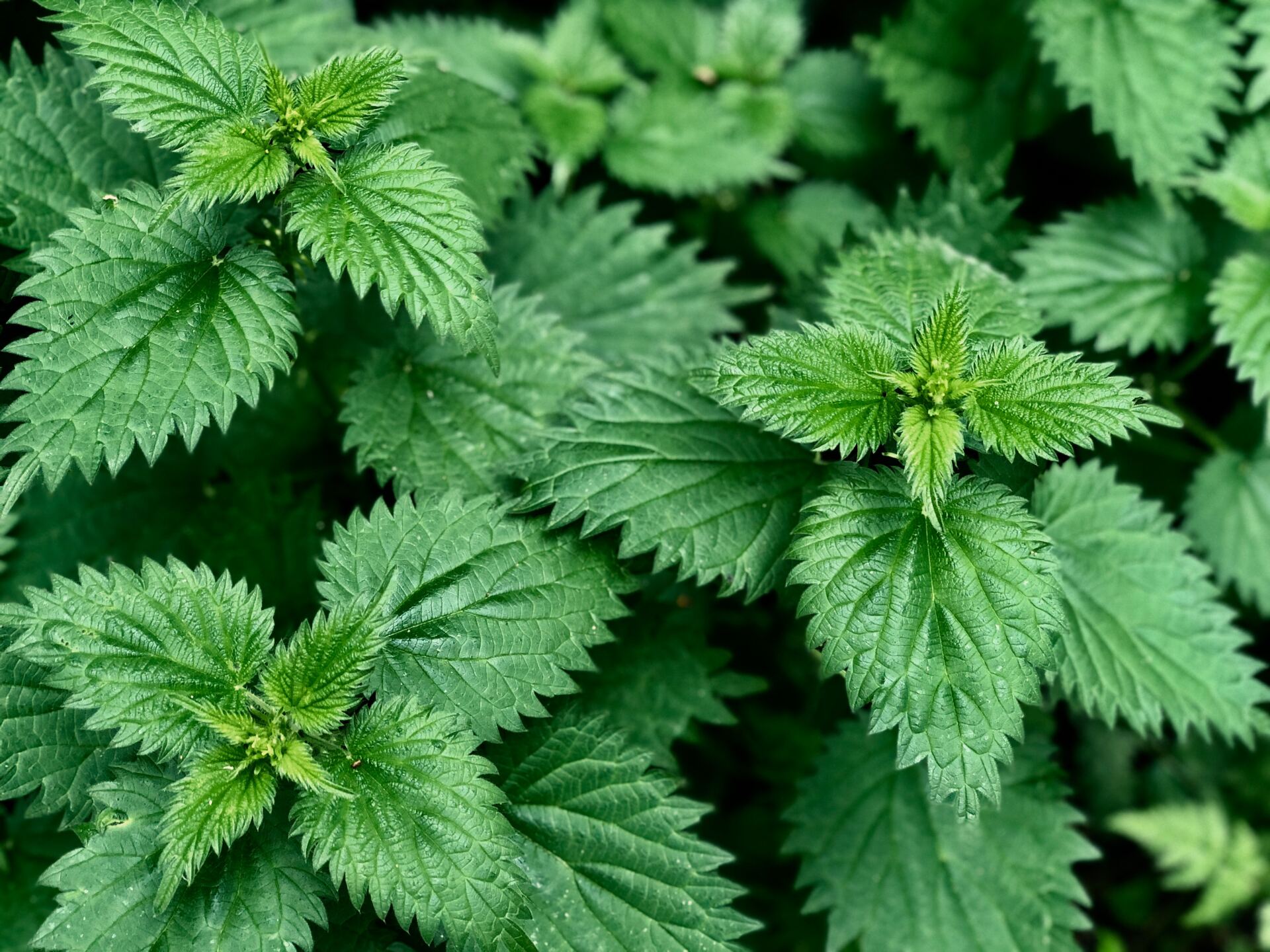








by Jeanne Logman, Marlene’s Market & Deli, Sound Outlook Coordinator and Nutritional Therapist
With the conclusion of the winter holidays, many of us are experiencing the consequences of stress and overindulgence. This post-holiday crash itself has become an American tradition.
Fatigue, weight gain, low energy and inability to focus are common complaints this time of year. It’s no surprise that so many people put diet and exercise at the top of their list of resolutions. And isn’t everybody looking for ways to accomplish those resolutions smoothly and efficiently?
For those of you who may find all of this familiar, I’d like to introduce you to the idea of autophagy (pronounced aw-TOF-uhjee). The term ‘autophagy’ literally means ‘self-eating’. It’s an extremely important metabolic function, and it’s how the body cleans, detoxifies and rebuilds itself. It used to be thought that cells that were damaged or dying were simply carried out of the body as waste products. But now, scientists have observed and mapped the process by which certain cell membranes break down dead, dying and diseased cells. They have found that when these cell membranes are functioning effectively, they recycle the usable parts of the waste cells and consume the rest for energy. Healthy systems recycle. The body can consume its own wastes for energy, including consuming cancer cells.
So, the implications in the areas of science and medicine are far reaching. In fact, the 2016 Nobel Prize in medicine and physiology went to researcher Yoshinori Ohsumi for his work in this field of study.
If this process is inhibited, we experience a slowing of cellular metabolism. This results in less breakdown of abnormal and low functioning cells. Waste materials and toxins stay in the body. The organs that filter and process cellular waste become overburdened. Long term consequences can result in increased inflammation, premature cell aging and laying the groundwork for degenerative diseases. Not to mention that lengthy list of unpleasant symptoms we resolve to get a handle on every New Year.
There is some very good news. At any given time, we all have the ability to boost the body’s autophagic functions.
These basic guidelines will give you the tools to increase vitality by supporting your body’s natural processes.
Interruption of autophagy results in an increased burden on the organs responsible for detoxifying and maintaining metabolism. Initially, this can result in fatigue, weight gain, foggy thinking, compromised immunity, and lack of energy. If steps are not taken to promote autophagy, inflammation and prematurely aging cells can pave the way for a host of degenerative diseases.
“Think of it as the body’s innate recycling program,” says Colin Champ, MD, assistant professor at The University of Pittsburgh Medical Center. “Autophagy makes us more efficient machines that can get rid of faulty parts, stop cancerous growths, and stop metabolic dysfunction like obesity and diabetes.”(1)
Especially at this time of year, many of us gravitate toward goals that make a positive impact on our individual state of health. Many people set goals for weight loss, but how many of us really consider vitality itself as a goal? Clear thinking? A disease-free system? A vibrant, energetic body aging without the burdens of debilitating pain and immobility? Yet this is the natural state of a well-nourished body maximized by autophagy.
For those of you interested in how you can boost your own autophagic functions, here are the five proven ways:
The target to aim for is 60-70% of your daily calories to be made up of these healthy fats. For example, a person who consumes about 1,500 calories per day should be working toward having 900-1,050 of those calories come from seeds, nuts, avocadoes, coconut, etc.
Seed sources that are richest in omega-3s are flax, hemp, and chia. Try sprinkling generous amounts of these seeds over salads and cereals. They can be added to soups, gravies, and hot cereals as well, provided they are added after cooking and consumed immediately.
One of the most convenient ways to add plant-sourced omega-3 fats is to buy a coldpressed bottled oil for adding to smoothies and other dishes or just taking it directly from a spoon. A high-quality favorite is Udo’s Choice 3-6-9 oil, available at Marlene’s.
All nuts contain healthy fats, but walnuts and pecans are highest in omega-3. Other good sources of plant fats are avocado, olive and coconut.
Autophagy is actually inhibited by consuming too much protein. The reason is fascinating: your cells are already recycling protein from the waste cells. Up to 200 grams can be harvested during this process.
An autophagy-friendly diet doesn’t have to be complicated:
Both aerobic and weight-bearing exercise is effective for stimulating cell renewal. A good place to start would to alternate these two exercise types every other day.
As you form a routine and become confident with it, look into a method called ‘Tabata’.
Tabata is a way of peppering an average work out with high intensity bursts. Using this method, for just a total of 4-8 minutes of your established routine, can have amazing results in building endurance and revving the metabolism to burn fat for a solid 24 hours. In addition, Tabata has been shown to boost cell longevity by an average of 13%.(2)
Fasting is an age-old tradition for many cultures and religions. As it turns out, science is finding more and more evidence that our bodies are not only equipped to survive significant stretches of time without food, they cannot thrive without these breaks.
It takes an incredible amount of energy to break down, assimilate and reassemble foods. The digestive system is designed to regulate and clear itself of waste cells and debris. It cannot effectively do so if it is constantly engaged in digestion.
Also, the human gastrointestinal system houses 70% of the immune system. It is critically important to allow for the repair and renewal of the gut for the sake of the entire body!
Intermittent fasting can be effective with as few as 16 hours in a row. That means that a person could consume all of their day’s calories between the hours of 10 am and 6 pm, and that would be enough to support autophagy.
It should be noted that a person should not restrict water or non-calorie, nutritive beverages like green and herbal teas during this time. Hydration is an essential component to a smooth-running, efficient system.
Remember that if you give yourself the best tools for vitality, everything and everyone in your life benefits. Be present, thankful, giving and forgiving, and keep a sense of humor.
(1)Misguided Medicine, Dr. Colin Champ, MD
(2)For more on Tabata, read breakingmuscle.
com/learn/the-tabata-revolution-explainedwhat-why-and-how-to-tabata.









Please give us a call for today’s deli hours as they can vary due to staffing.
Grab and go options are always available until close.
FEDERAL WAY
Monday-Saturday: 8 am - 8 pm
Sunday: 9 am - 7 pm
Please call for current deli counter service hours. Grab and go options available until closing.
2565 S. Gateway Center Place
Federal Way, WA 98003
TACOMA
Monday-Saturday: 8 am - 8 pm
Sunday: 9 am - 7 pm
Please call for current deli counter service hours. Grab and go options available until closing.
2951 S. 38th Street
Tacoma, WA 98409